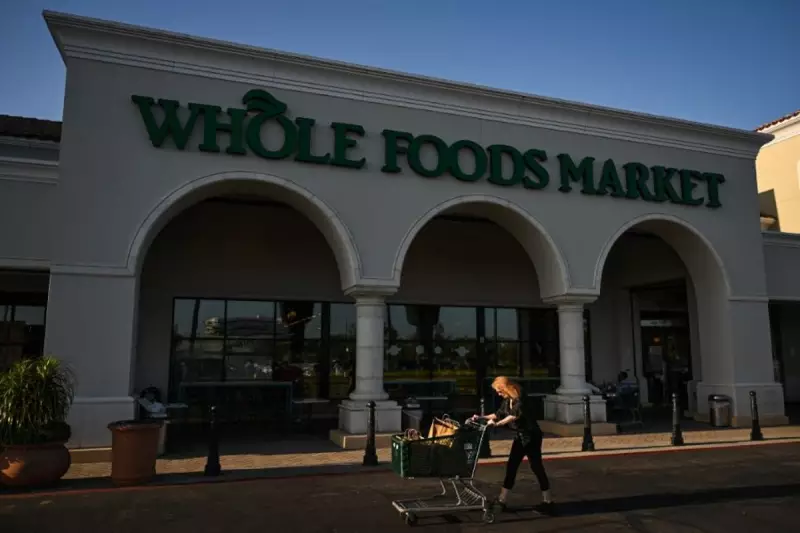
Get ready to revolutionise your relationship with food, as Whole Foods Market's team of culinary experts and trend-spotters has unveiled their highly anticipated predictions for what will dominate our plates in 2026. The forecast points to a future where sustainability, innovation, and conscious consumption are not just buzzwords, but the driving forces behind our grocery choices.
The Rise of the Conscious Consumer
The overarching theme for 2026 is a deeper, more meaningful connection to what we eat. Shoppers are increasingly seeking out products that tell a story—one of environmental stewardship, ethical sourcing, and nutritional intelligence.
Key Trends Set to Define 2026
- Upcycled Ingredients Take Centre Stage: Food waste is being transformed from a problem into a solution. Expect to see a surge in products featuring ingredients like fruit pulp, spent grains from breweries, and vegetable scraps that are being creatively repurposed into delicious new foods, from snacks to baking mixes.
- Climate-Adapted Crops: As weather patterns shift, so too will our produce aisles. Ancient and resilient grains like fonio and teff, alongside drought-tolerant crops such as prickly pear and amaranth, will become mainstream staples, celebrated for both their environmental hardiness and nutritional profiles.
- Next-Level Seafood Alternatives: The plant-based wave is crashing into the seafood counter. Innovations in texture and flavour will bring us convincing alternatives to tuna, scallops, and even smoked salmon, all derived from ingredients like seaweed, peas, and root vegetables, offering sustainable options for ocean-conscious consumers.
- Functional Beverages Evolve: The era of simple vitamin-enhanced waters is over. The new wave of functional drinks will target specific wellness needs with sophisticated botanical blends, nootropics for cognitive support, and advanced hydration formulas that go far beyond basic electrolytes.
- Transparent & Regenerative Sourcing: The demand for transparency will reach new heights. Brands will increasingly highlight their commitment to regenerative agricultural practices that improve soil health and biodiversity, with clear labelling that allows consumers to trace their food's journey from farm to shelf.
These trends signal a powerful shift towards a food system that is not only more adventurous and flavourful but also more resilient and responsible. The future of food is looking smarter, kinder, and infinitely more exciting.





